
Visit Croatia, a stunning country where modernity embraces history and traditions. This place is a treasure trove of cultural heritage, natural wonders and coastal serenity. It is a gem full of experiences, whether you're exploring the ancient walls of Dubrovnik, island-hopping along the Dalmatian coast, or hiking through the breathtaking views of Plitvice Lakes, Croatia offers a remarkable experience.
Explore the best that Croatia has to offer, from historic towns and beautiful coastlines to diverse national parks and rich cultural heritage. plan a beach holiday, a historical exploration, or an adventure getaway, this place is the epitome of versate experiences.
Croatia is located in southeastern Europe and is renowned for its stunning Adriatic coastline, dotted with over 1,000 islands. It is a popular destination for both history buffs and beach lovers, offering a perfect mix of cultural landmarks, pristine beaches, and lush natural landscapes.
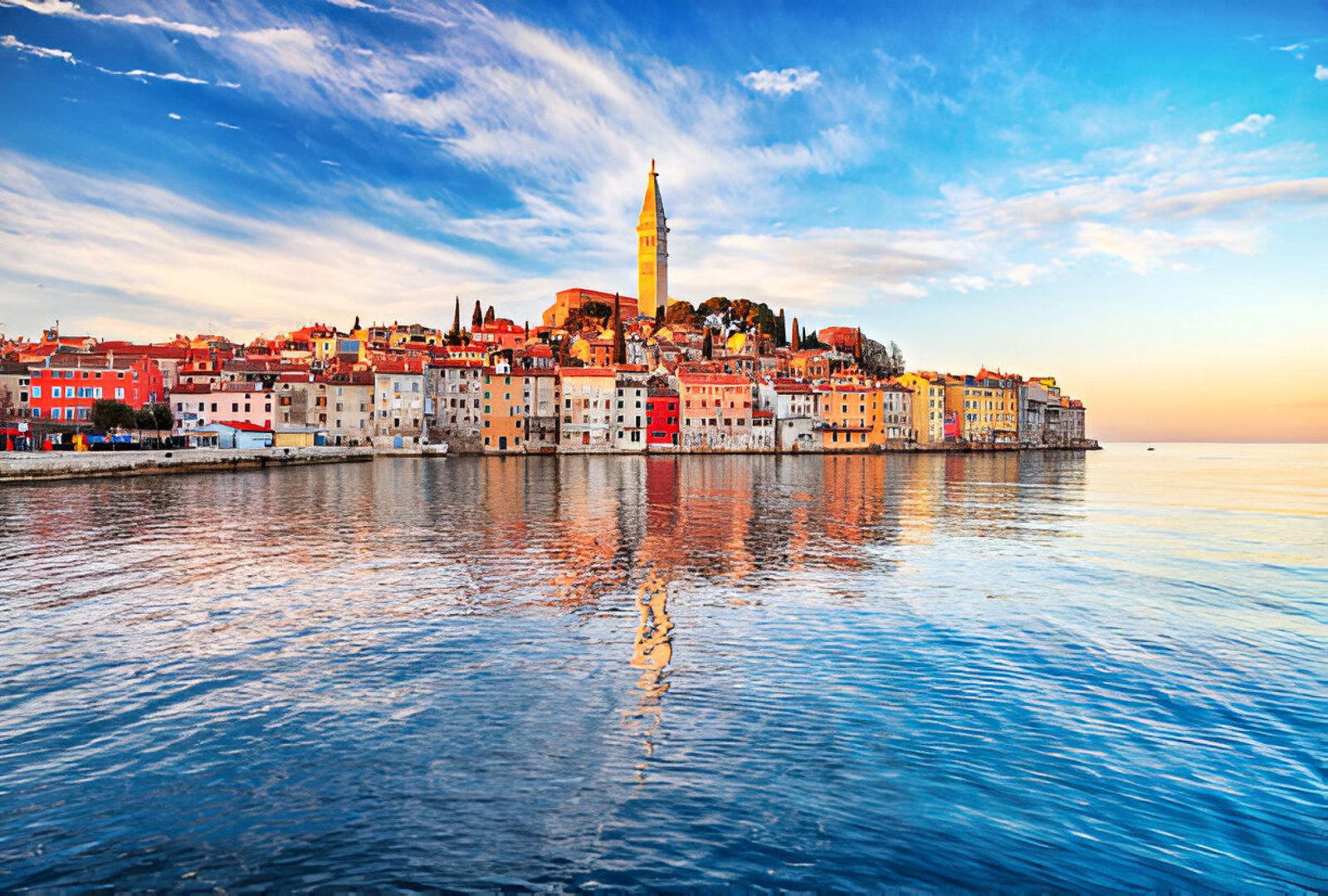
Croatia offers a scintillating experience, with its diverse landscapes, ancient cities, and crystal-clear waters. Here are some of the top attractions that you shouldn’t miss:
Famously known as the "Pearl of the Adriatic," Dubrovnik's Old Town is a UNESCO World Heritage Site famous for its mediaeval walls, baroque architecture, and stunning coastal views.
Another UNESCO World Heritage Site, Plitvice Lakes is a natural wonder of interconnected lakes and cascading waterfalls surrounded by quaint forests.
Known for its pristine beaches and vibrant nightlife, Hvar Island is a popular destination for those seeking both relaxation and endless entertainment.
Croatia offers a diverse range of activities, right from outdoor adventures to cultural explorations. Here’s are some of must-do activities for an unforgettable Croatian holiday:
With over 1,000 islands in the vicinity, island hopping along Croatia’s Dalmatian coast is a must.
Trogir is a beautifully preserved mediaeval town situated on a small island. Another UNESCO World Heritage Site that has been preserved in Croatia.
One of the top things to do in Croatia is walking along the ancient city walls of Dubrovnik. It offers spectacular views of the Old Town and the Adriatic Sea.
Hop on a guided tour to explore Croatia’s stunning coastline by sea and discover hidden beaches and secluded coves.
The best time to visit Croatia is during the late spring (May-June) and early fall (September-October), when the weather is pleasant and the crowd is less.
The local currency is the Croatian Kuna (HRK), but euros are also accepted in tourist areas. Credit cards are widely used in major cities all around.
Public transportation in Croatia is reliable, with buses connecting major cities and towns. Renting a car is also a good option for exploring at your own pace.
Maps are essential for navigating Croatia’s cities, islands, and national parks.
Carrying detailed city maps will help you explore Dubrovnik, Split, and other historic towns, highlighting landmarks, restaurants, and attractions.
If you’re planning to explore Croatia’s many islands, island maps will guide you to the best beaches, towns, and hidden gems on Hvar, Brač, Vis, and more.
Whether you are exploring the ancient streets of Dubrovnik, sailing the clear waters of the Adriatic, or hiking through stunning national parks, Croatia offers an endless array of adventures. Its unique blend of history, culture, and natural beauty makes it one of Europe’s most captivating travel destinations.
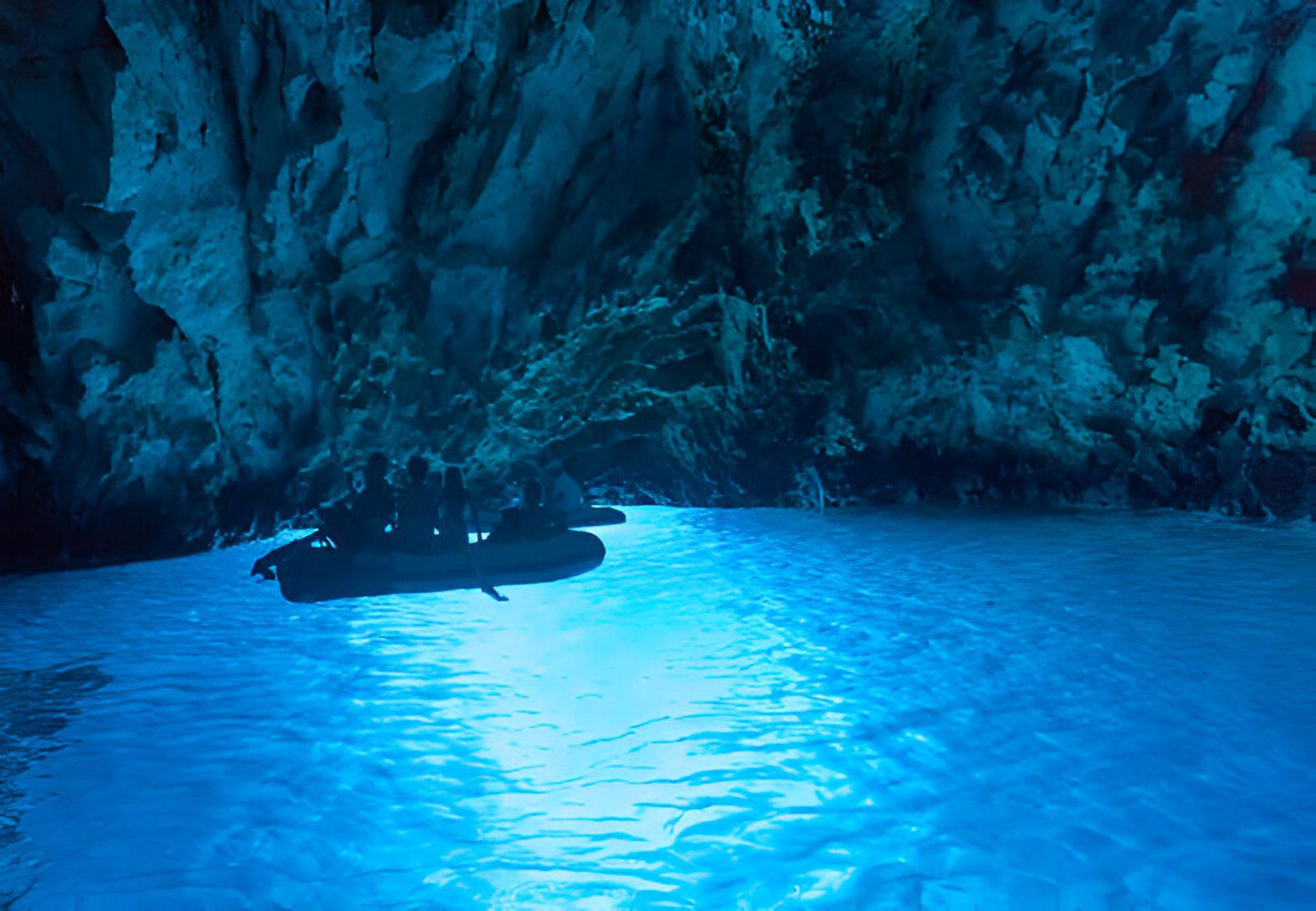
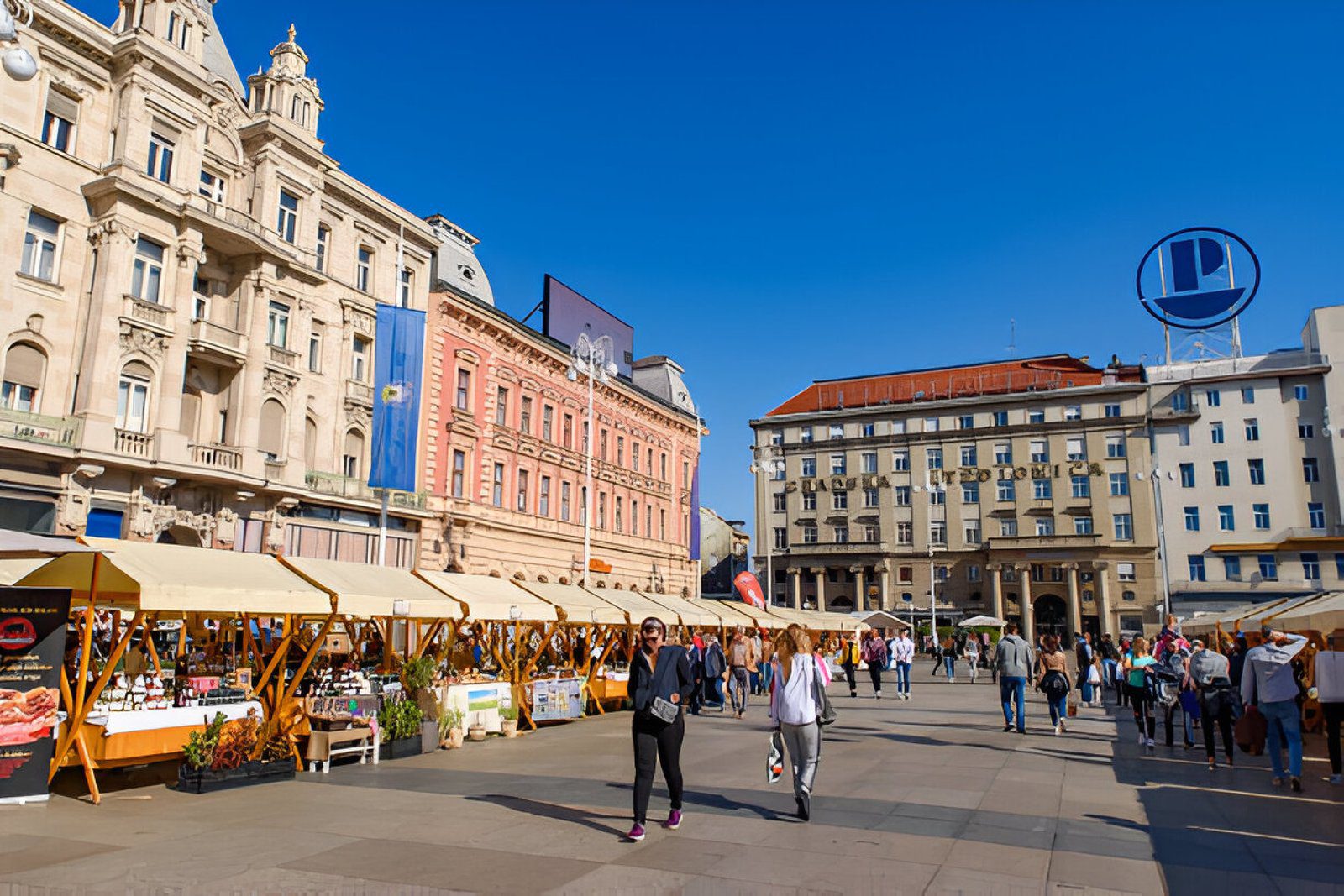
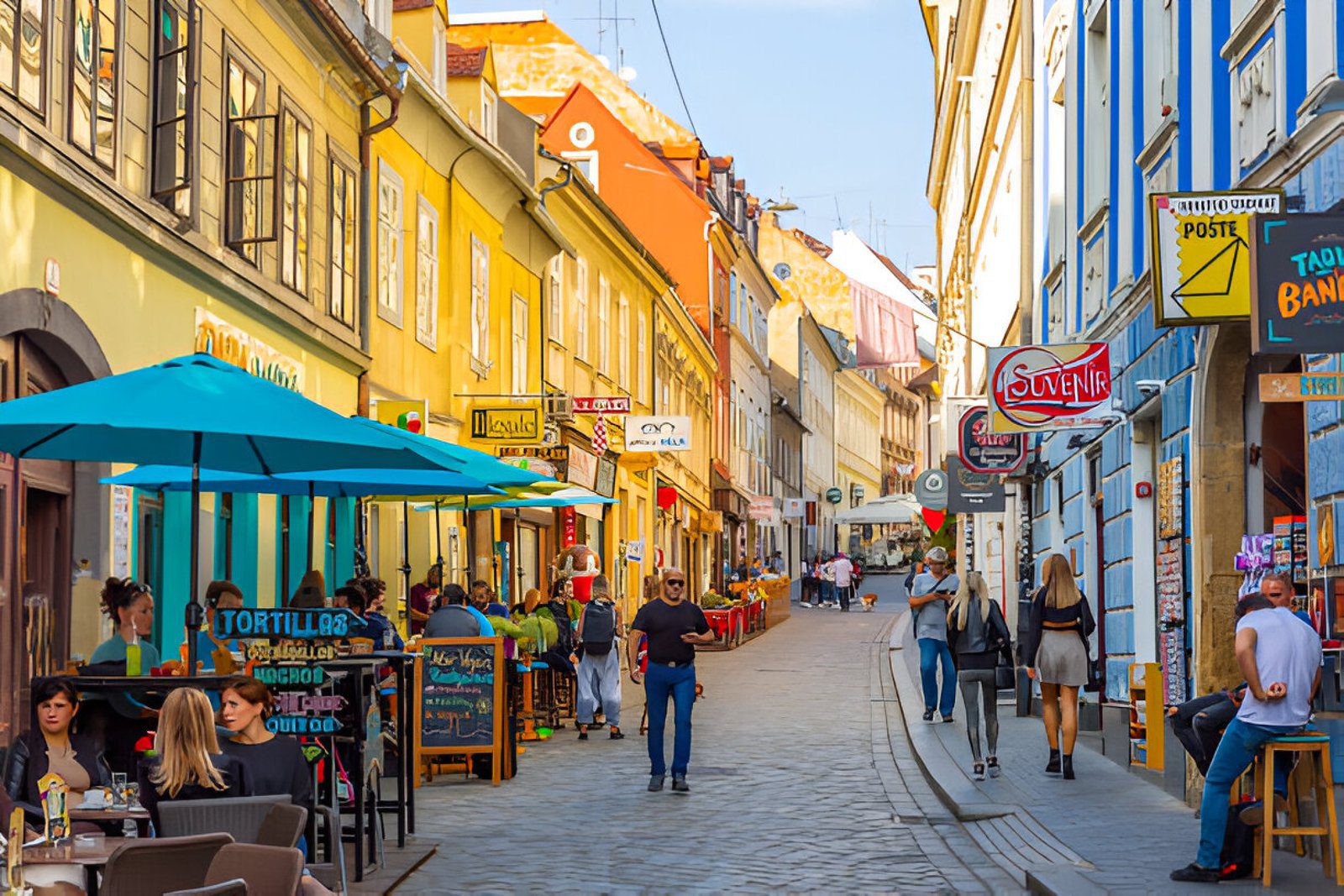
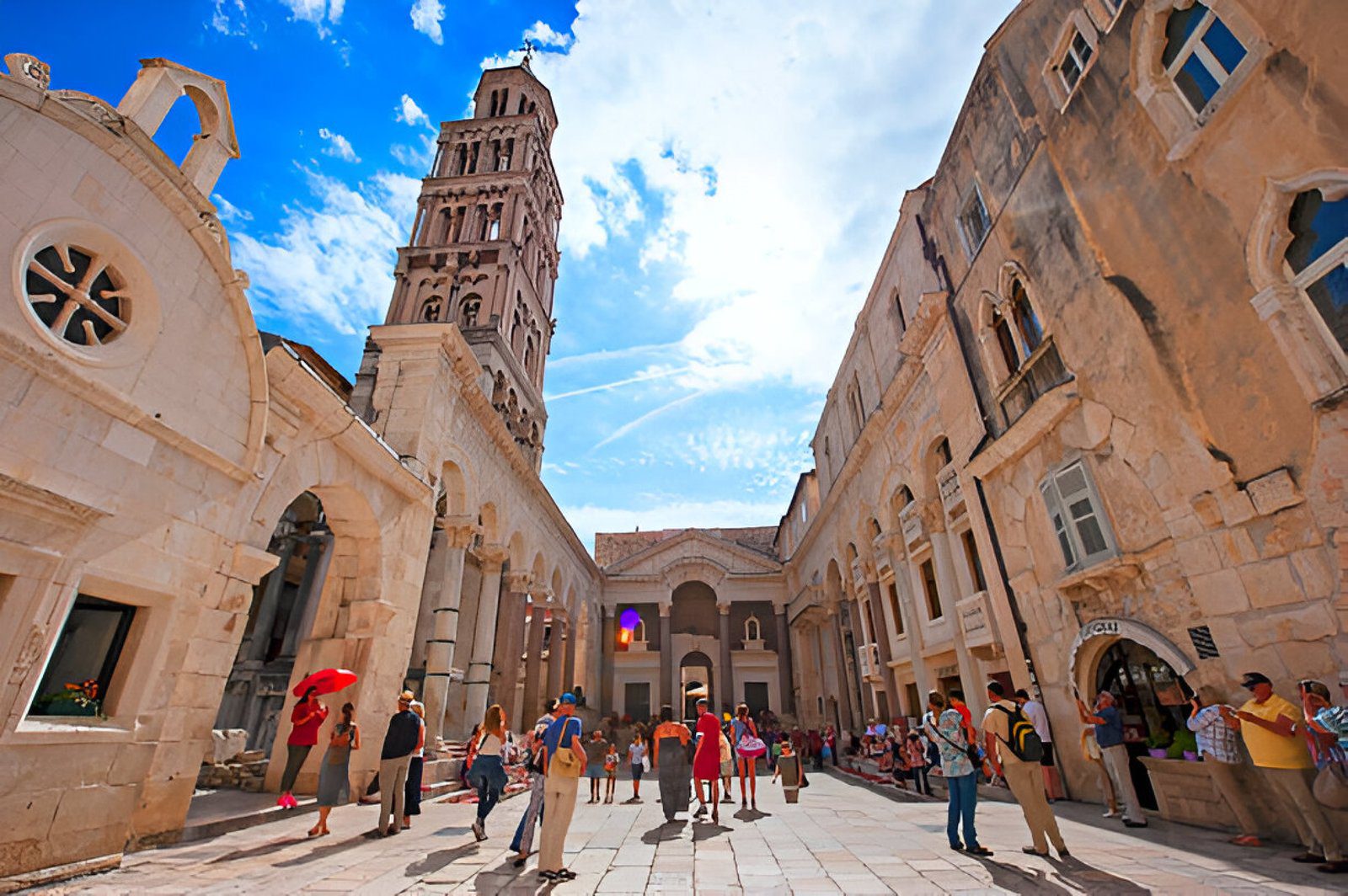
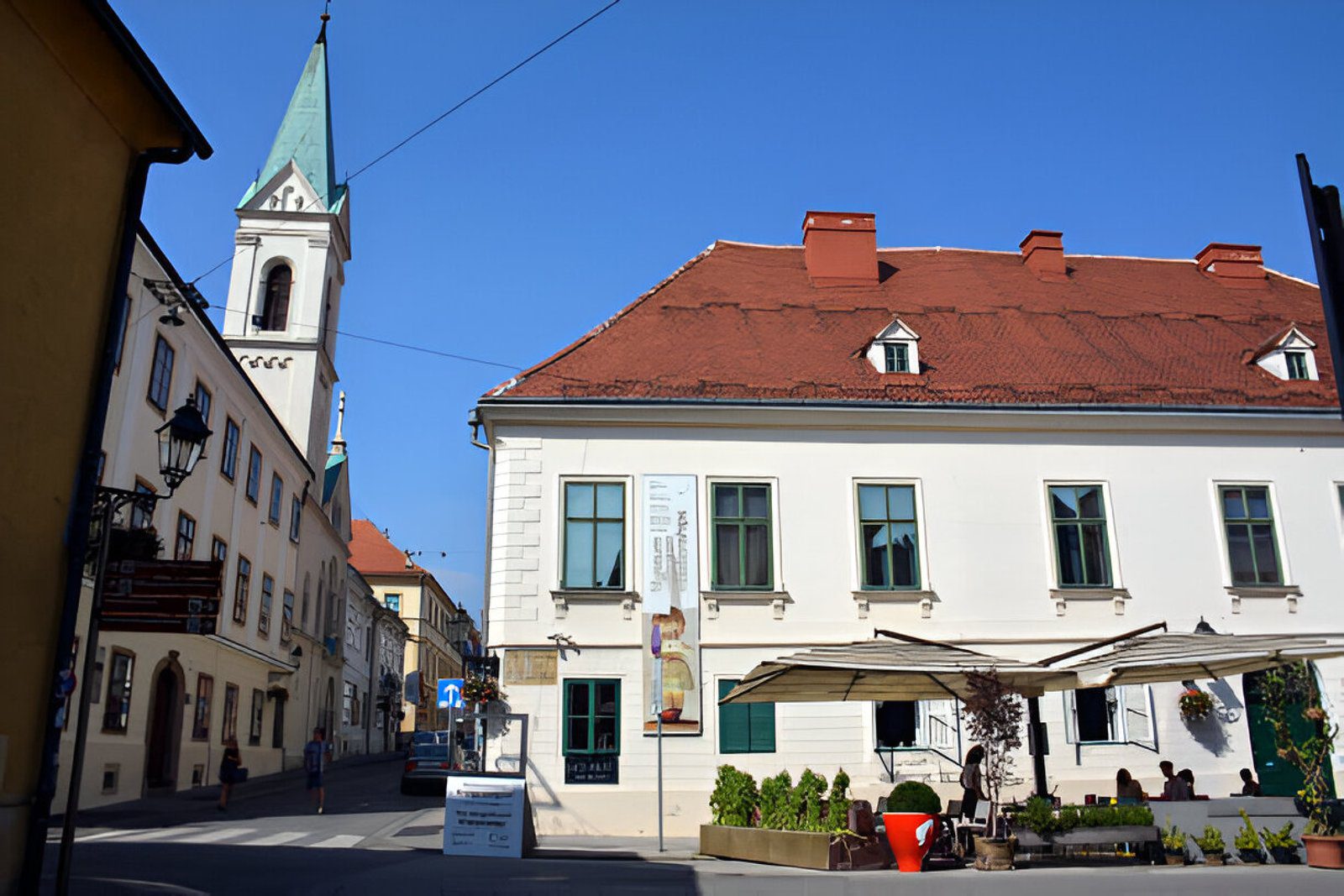



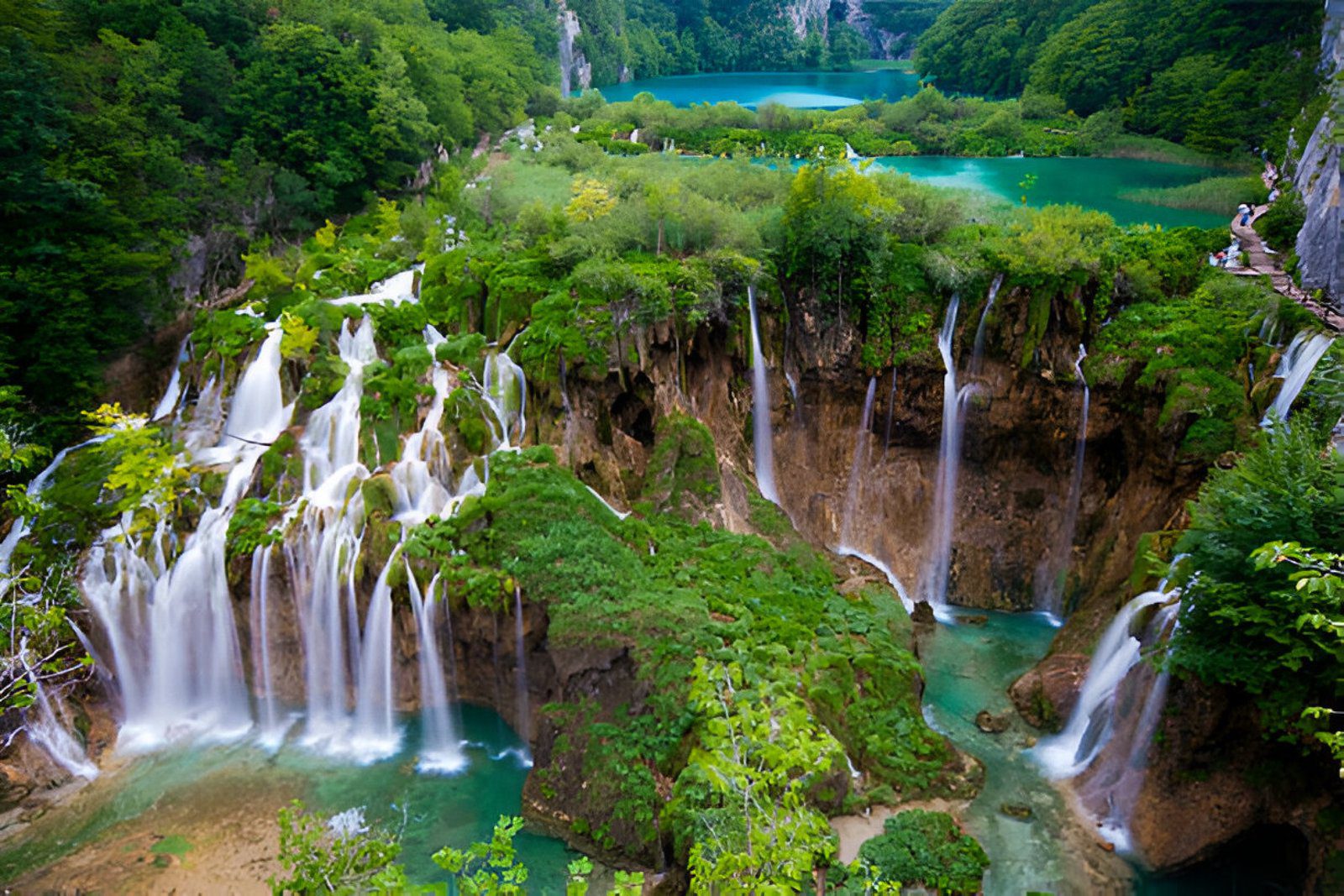

Have questions? we are here to help
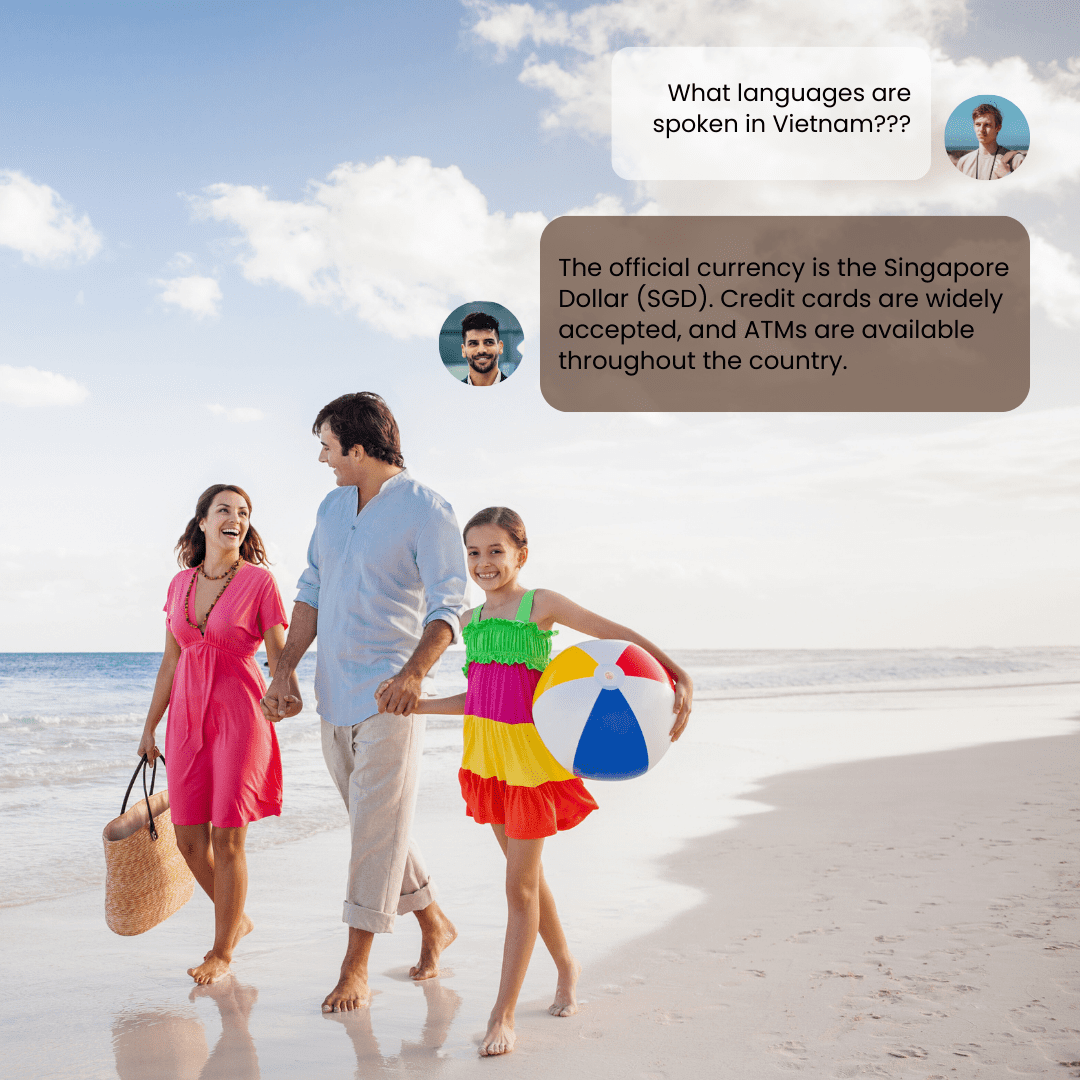
Yes, Indian citizens need a visa to visit Croatia. You can apply for a short-term Schengen visa if you plan to visit other Schengen countries along with Croatia. For those visiting Croatia exclusively, apply for a Croatian visa at the nearest Croatian Embassy or through an authorized visa processing center. Processing usually takes around 10-15 days, so it’s advisable to apply well in advance of your trip.
The best time to visit Croatia is during the late spring (May to June) and early autumn (September to October). During these months, the weather is pleasant, ideal for sightseeing, and the tourist crowds are smaller than in peak summer. July and August are the hottest months and popular for beach activities, but they can be crowded and more expensive.
Croatia offers a mix of historical sites, natural beauty, and vibrant cities. Key destinations include:
Yes, Croatia is generally very safe for travelers, with low crime rates and a friendly environment. As with any destination, take standard safety precautions, such as keeping valuables secure in crowded areas. When swimming or engaging in water activities, be cautious, as currents can sometimes be strong along the coast.
Croatia uses the Croatian Kuna (HRK). While Euros may be accepted in some tourist areas and larger hotels, it’s best to use the local currency for most purchases. ATMs are widely available, and credit cards are generally accepted in hotels, restaurants, and shops.
There is much more to explore and experience in India than the usual tourist spots, the usual hill stations and the waterfall picture you seen a thousand times in magazines. There is an absolutely new and unexplored India waiting for you to come and discover.